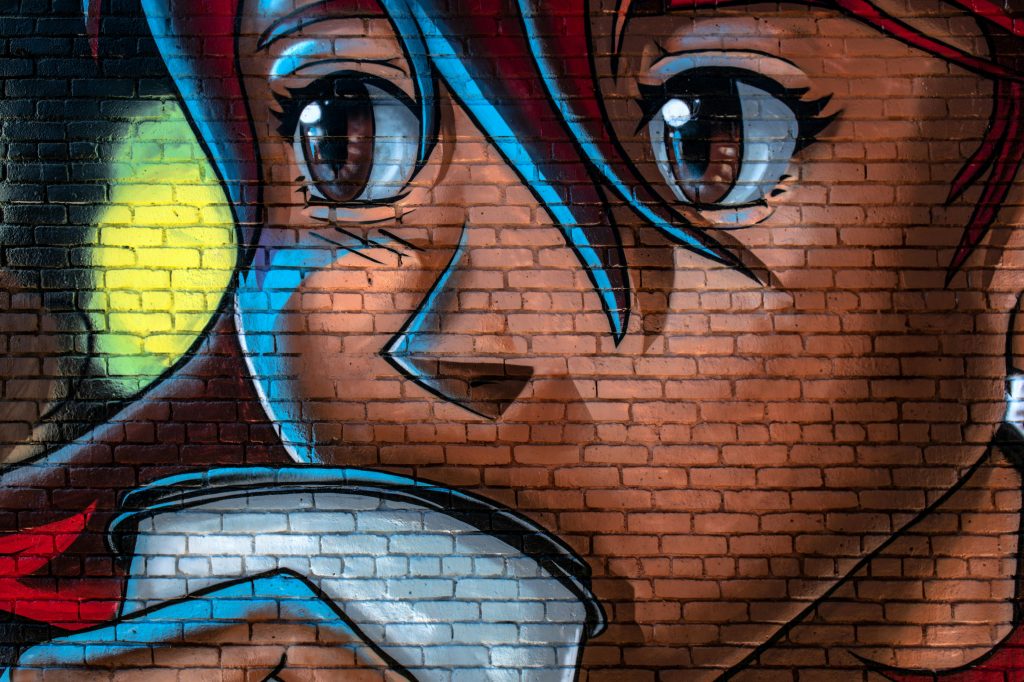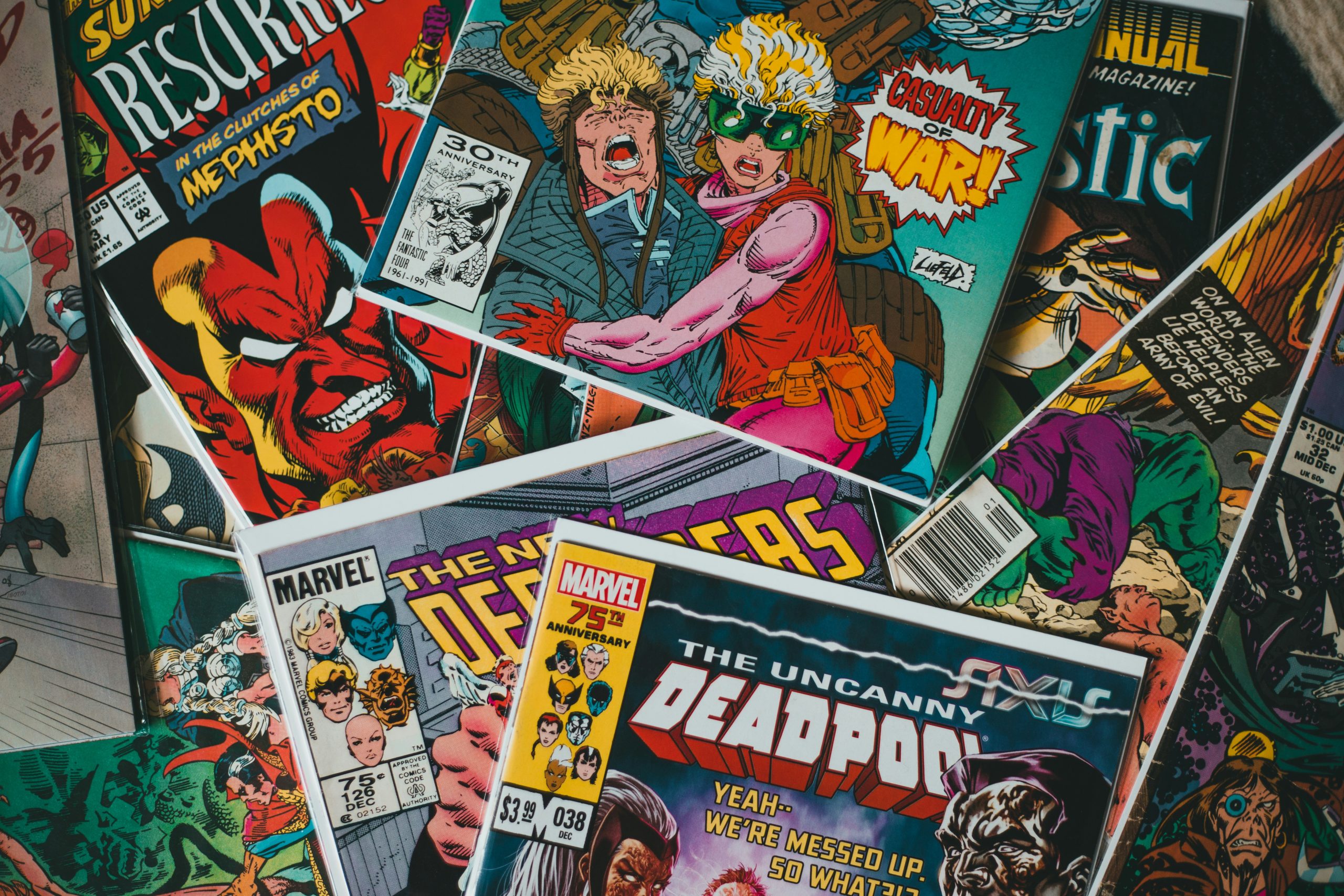
Introduction
Manga, a Japanese art form of comic books and graphic novels, has captivated millions worldwide with its unique storytelling and visual artistry. This article delves into the multifaceted world of manga, examining its history, cultural significance, genre diversity, and far-reaching influence on both Japanese society and the global stage.
Historical Roots of Manga
Ancient and Feudal Japan
Manga’s origins can be traced back to ancient Japanese art forms such as emaki (picture scrolls) and kibyōshi (illustrated books), which combined images and text to tell stories. These early forms laid the foundation for manga’s development, with notable works like the Chōjū-giga (Scrolls of Frolicking Animals) from the 12th century showcasing a blend of humor and narrative through sequential art.
During the Edo period (1603-1868), the proliferation of ukiyo-e (woodblock prints) further influenced manga’s evolution. Artists like Katsushika Hokusai, who coined the term “manga” meaning “whimsical pictures,” created detailed sketches that captured a wide array of subjects, from everyday life to mythological scenes. Hokusai’s works are often considered a precursor to modern manga.
The Birth of Modern Manga
The modern form of manga began to take shape in the early 20th century, influenced by Western comic strips and the advent of mass-print media in Japan. However, it was after World War II that manga truly blossomed. Osamu Tezuka, often hailed as the “God of Manga,” revolutionized the medium with his innovative storytelling and cinematic techniques. His seminal work “Astro Boy” (Tetsuwan Atom) introduced dynamic panel layouts and deep, engaging narratives, setting the standard for future manga.
Manga’s Evolution and Diversity
The Golden Age and Genre Expansion
The post-war era marked the Golden Age of Manga, characterized by a surge in manga publications and the emergence of various genres. Weekly and monthly manga magazines became extremely popular, serializing chapters of ongoing stories that were later compiled into tankōbon (collected volumes). This period saw the birth of many genres, catering to different demographics and interests.
- Shōnen: Targeted at young boys, shōnen manga often features action, adventure, and coming-of-age themes. Iconic series like “Dragon Ball,” “Naruto,” and “One Piece” are quintessential examples of this genre, combining high-energy battles with emotional growth and camaraderie.
- Shōjo: Aimed at young girls, shōjo manga focuses on romance, relationships, and personal growth. Titles such as “Sailor Moon,” “Cardcaptor Sakura,” and “Fruits Basket” emphasize emotional storytelling and beautifully detailed artwork.
- Seinen: Intended for adult men, seinen manga covers a broad spectrum of themes, often with more mature and complex narratives. Notable series include “Akira,” “Berserk,” and “Ghost in the Shell,” which explore deep philosophical and societal issues.
- Josei: Targeted at adult women, josei manga often deals with real-life experiences, relationships, and personal challenges. Popular works like “Nana,” “Paradise Kiss,” and “Honey and Clover” offer realistic and nuanced portrayals of women’s lives.
- Kodomo: Designed for young children, kodomo manga features simple, educational, and entertaining stories. Series like “Doraemon” and “Pokémon Adventures” are beloved by younger audiences for their engaging and accessible narratives.
Cultural Significance and Societal Reflection
Manga as a Mirror of Society
Manga serves as a reflective medium, capturing the zeitgeist of different eras and societal concerns. It addresses a wide array of social issues, from mental health and gender identity to environmental conservation and technological advancement. Manga like “Attack on Titan” explores themes of freedom, oppression, and the human condition, resonating with readers on a profound level.
Educational and Didactic Roles
Beyond entertainment, manga plays a significant educational role in Japan. Gakushū manga (educational manga) covers subjects like history, science, and literature, making learning more engaging and accessible. These educational comics are often integrated into school curricula, providing students with a fun and effective learning tool. For example, the “Manga de Dokuha” series adapts classic literature into manga form, making complex texts like “The Tale of Genji” and “Don Quixote” more approachable for younger readers.
Global Influence and Adaptations
International Appeal and Adaptation
Manga’s global appeal has grown exponentially, with translated versions available in numerous languages. The rise of digital platforms has further facilitated access to manga worldwide, allowing fans to read their favorite series online. Manga conventions, such as Comic-Con and Japan Expo, celebrate this art form, drawing thousands of fans and fostering a sense of community and cultural exchange.
Many popular manga series have been adapted into successful anime series, which have, in turn, gained international popularity. These adaptations help to introduce manga to new audiences who may then seek out the original works. Iconic series like “Naruto,” “Dragon Ball,” and “One Piece” have garnered massive followings worldwide, leading to a greater appreciation of Japanese culture and storytelling.
Influence on Global Media
Manga’s influence is evident in various global media, inspiring artists, filmmakers, and writers worldwide. Western comic book artists and animators often draw inspiration from manga’s unique storytelling techniques and visual styles. This cross-pollination has led to a richer, more diverse global media landscape, with manga’s impact visible in everything from Hollywood films to independent comics.
The Art and Craft of Manga
Visual Storytelling Techniques
Manga’s visual storytelling is distinguished by its expressive characters, dynamic action sequences, and meticulous attention to detail. Artists use varied panel layouts to control the pacing and flow of the story, creating a rhythm that guides the reader through the narrative. Splash pages and two-page spreads are used for dramatic moments, giving significant impact to key scenes.
The use of speed lines to convey motion and action is a hallmark of manga, particularly in action genres. Sound effects (onomatopoeia) are integrated into the artwork, enhancing the sensory experience and adding to the immersion. This blend of visual and textual elements makes manga a uniquely engaging medium.
Symbolism and Artistic Innovation
Manga often employs symbolism and metaphor to convey deeper meanings and themes. Characters may be designed with particular visual motifs that reflect their personality or role in the story. Environmental and background art also plays a crucial role in setting the tone and mood, enhancing the reader’s immersion in the story world.
Innovation and experimentation are hallmarks of manga. Artists continually push the boundaries of the medium, exploring new genres, styles, and narrative structures. Avant-garde works like “Blame!” by Tsutomu Nihei and “Akira” by Katsuhiro Otomo challenge conventional storytelling, offering complex, dystopian worlds that provoke thought and imagination.
Challenges Facing the Manga Industry
Artist Burnout
One of the significant challenges facing the manga industry is the intense workload and demanding schedules that many manga artists, or mangaka, face. The pressure to produce regular chapters can lead to burnout and serious health issues. The high expectations from publishers and readers for consistent quality and timely releases exacerbate this issue.
To address this, there has been a growing movement towards improving working conditions for mangaka. Some publishers are beginning to implement measures to provide better support, including longer deadlines, health care benefits, and more collaborative work environments.
Market Competition
The manga market is highly competitive, with numerous series vying for readers’ attention. This competition can be both a strength and a challenge, driving innovation but also making it difficult for new series to gain traction. Publishers must constantly seek fresh and engaging content to capture and retain their audience.
Additionally, the rise of webcomics and self-publishing platforms has introduced new competitors. These platforms allow aspiring artists to bypass traditional publishing routes, offering an alternative path to success. While this democratization of content creation is positive, it also means that traditional publishers must adapt to remain relevant.
The Business of Manga
Publishing Industry
The manga industry is a cornerstone of Japan’s publishing sector, with numerous publishers vying for the attention of avid readers. Major publishers like Shueisha, Kodansha, and Shogakukan dominate the market, producing both weekly and monthly manga magazines that serialize chapters of ongoing series. Popular magazines such as Weekly Shōnen Jump and Weekly Shōnen Magazine serve as incubators for new talent and innovative stories.
These magazines operate on a competitive model, where reader surveys determine the popularity of serialized works. Successful series are then compiled into tankōbon volumes, which are sold in bookstores and online. This model allows publishers to gauge reader interest and adapt accordingly, ensuring that popular series continue to thrive.
Digital Transformation
The digital revolution has significantly impacted the manga industry, offering new avenues for distribution and monetization. Digital platforms have become increasingly popular, providing readers with convenient access to their favorite manga. This shift has also helped combat piracy, as legitimate digital copies are more readily available.
Moreover, digital manga allows for a broader global reach, with simultaneous publication of new chapters across different regions. This has enabled manga to maintain its relevance and appeal in an increasingly digital world. Subscription-based models, like those offered by Crunchyroll Manga and Manga Plus, provide a sustainable revenue stream for publishers while offering readers an affordable way to stay up-to-date with their favorite series.
Future Prospects of Manga
Technological Integration
The future of manga is likely to be shaped by technological advancements. Augmented reality (AR) and virtual reality (VR) are emerging as potential new frontiers for manga storytelling. These technologies can provide immersive experiences, allowing readers to interact with their favorite characters and worlds in unprecedented ways.
Additionally, AI and machine learning could revolutionize the way manga is created and consumed. AI-driven tools can assist in the artwork process, enhancing efficiency and allowing artists to focus more on creative aspects. Similarly, machine learning algorithms can offer personalized recommendations to readers, enhancing their discovery of new series.
Cultural and Global Expansion
As manga continues to grow in popularity globally, cultural exchanges between Japan and other countries will likely intensify. Collaborations between Japanese and international artists and writers are becoming more common, leading to a fusion of styles and storytelling techniques. This cross-cultural blend enriches the medium and broadens its appeal.
Educational and promotional initiatives aimed at introducing manga to new audiences will also play a crucial role in its future expansion. Schools and libraries around the world are increasingly incorporating manga into their collections, recognizing its value in engaging students and promoting literacy.
Conclusion
Manga is a dynamic and influential art form that has captivated audiences for generations. Its rich history, diverse genres, and profound cultural impact make it a unique and powerful medium. From its ancient origins to its current status as a global phenomenon, manga has continually evolved, reflecting and shaping the societies in which it thrives.
As manga continues to adapt to new technological and cultural landscapes, it will undoubtedly remain a vital and beloved form of storytelling. Whether as a source of entertainment, education, or social commentary, manga’s enduring appeal and impact are testament to its unique place in the world of literature and art. The future of manga looks bright, with endless possibilities for innovation and growth, ensuring that this beloved medium will continue to inspire and entertain readers across the globe.
